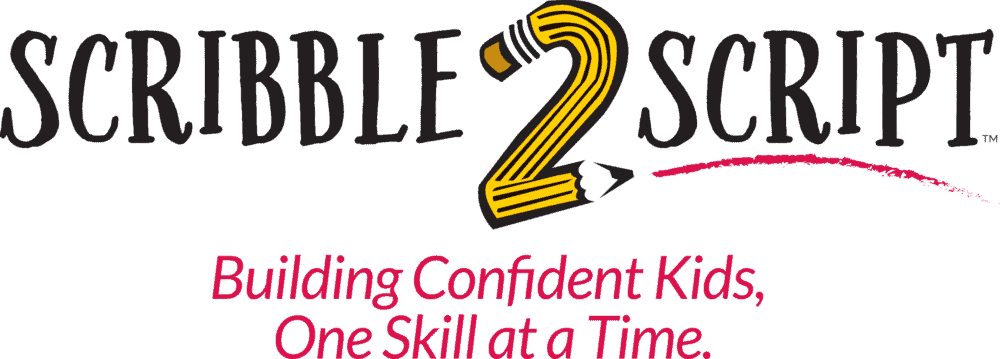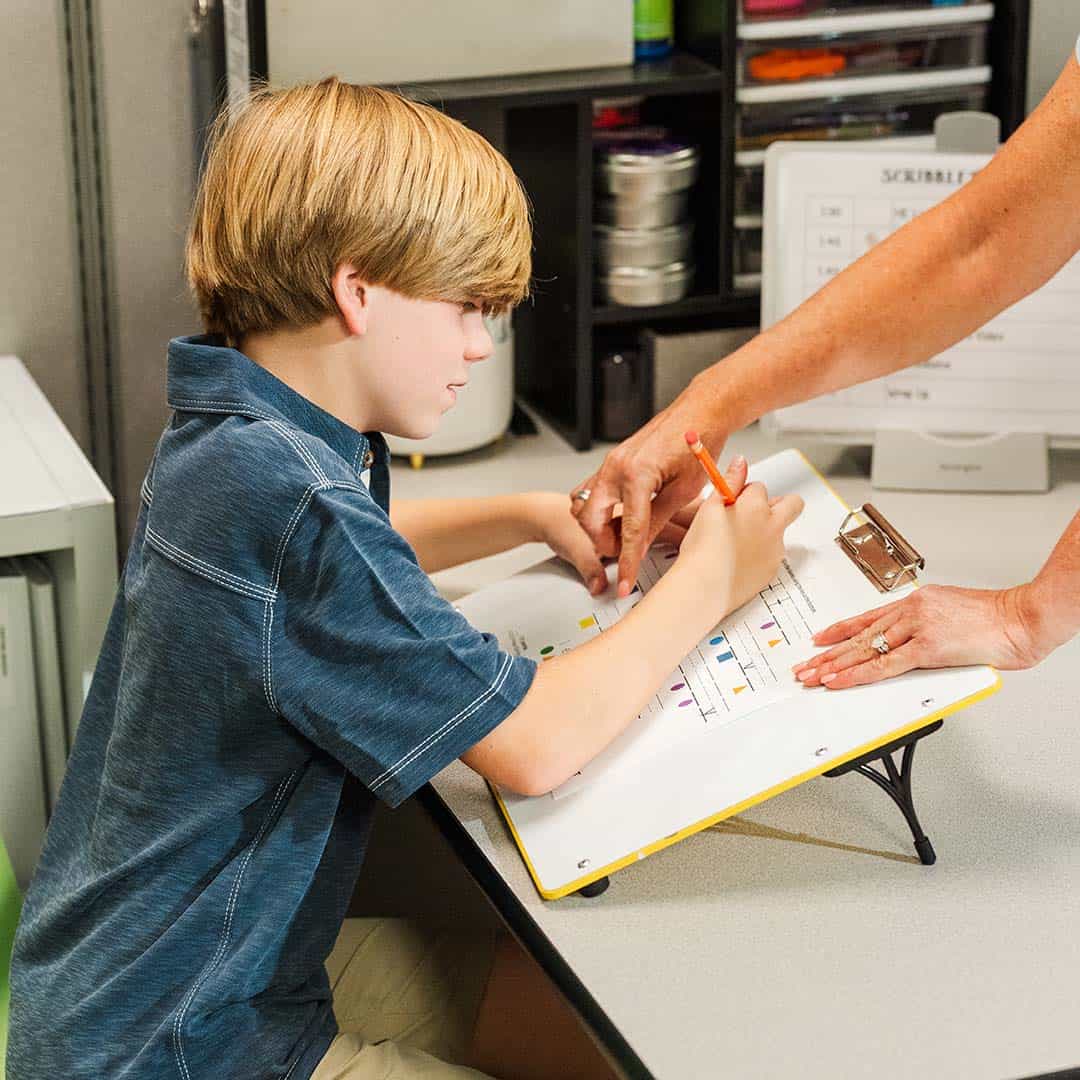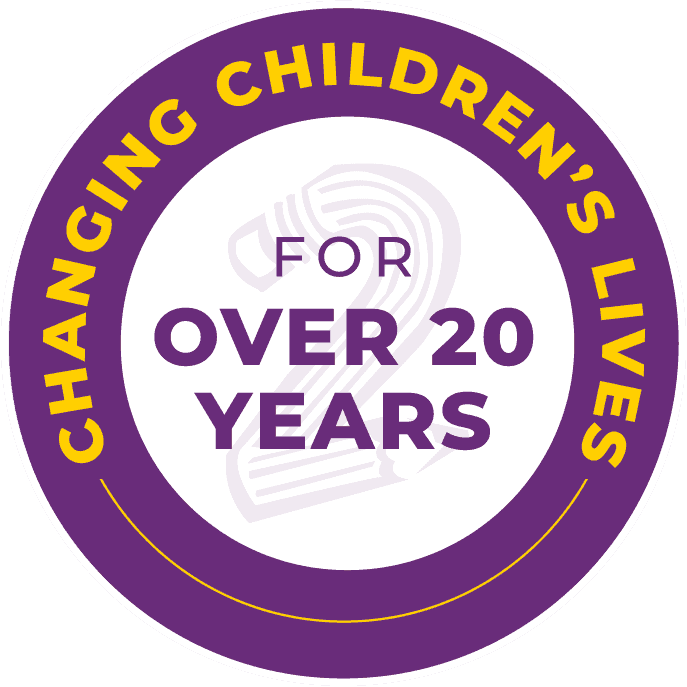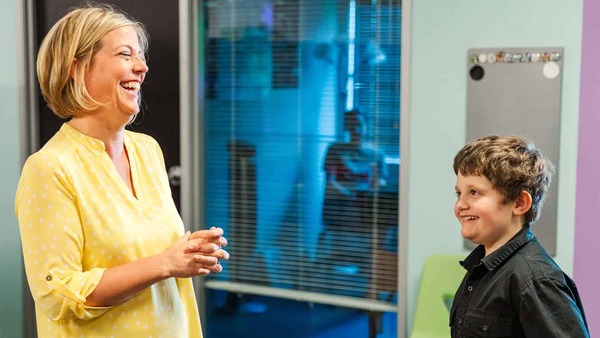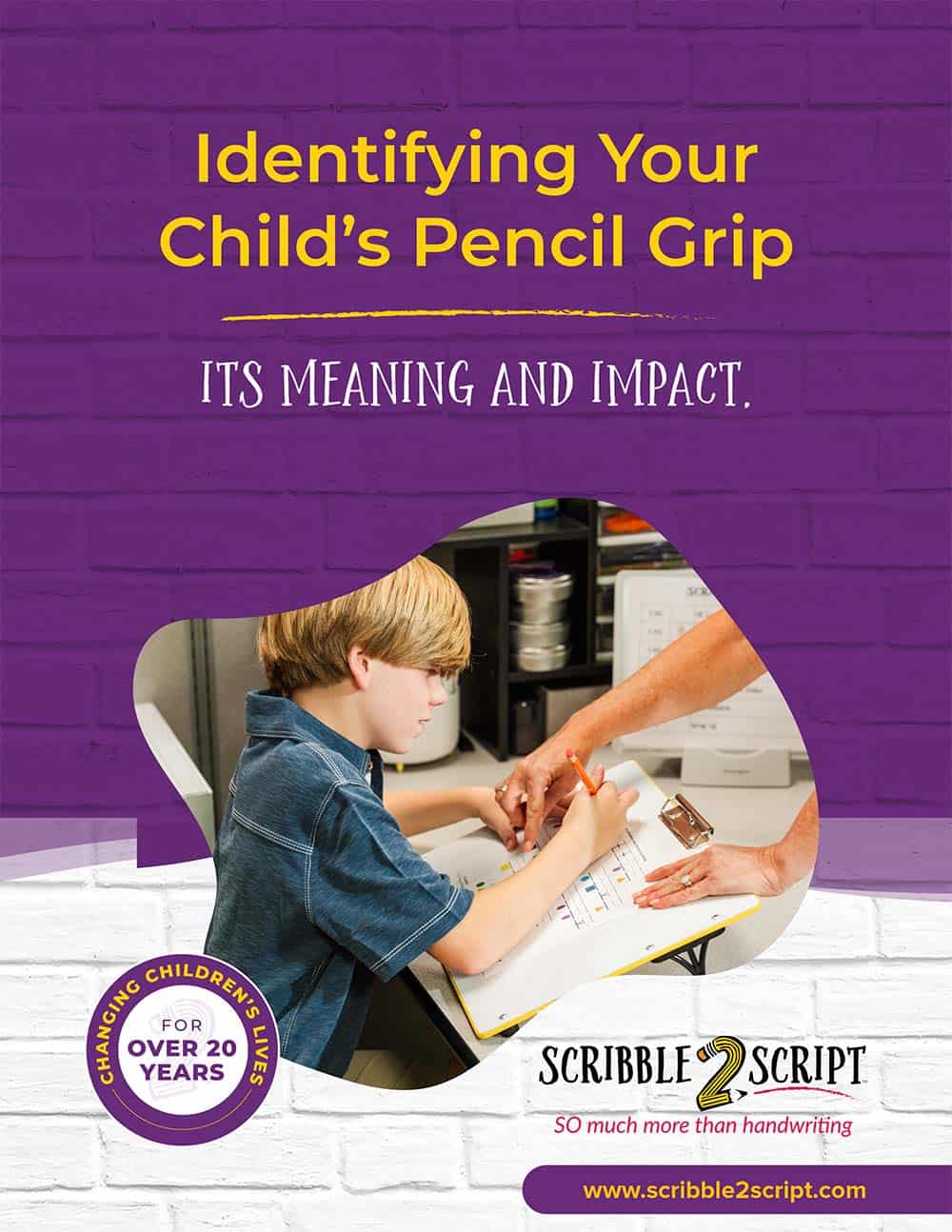Messy handwriting?
Let’s get to the root of it!
In-person programs. One-on-one support. Real transformation.
Struggles with handwriting often mean something deeper is going on. We help you understand why—and what to do next.
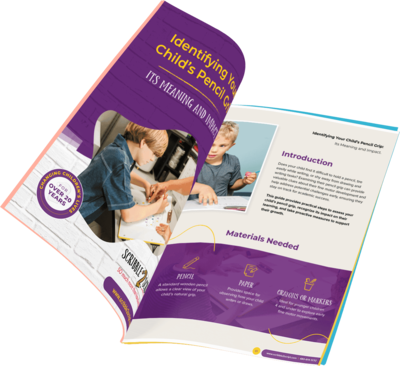
Free Download: Identify your child's pencil grip and what it tells you about their development.
Kids can’t always
tell us what they need.
But their behavior can.
When kids struggle with any number of things—handwriting, focus, following instructions—we don’t think of it as “misbehavior.”
We consider it communication.


A child who resists writing may not be lazy—they may be exhausted from the effort of holding a pencil.

A child who avoids buttons, zippers, or shoelaces may not be disinterested—they may lack fine motor strength.
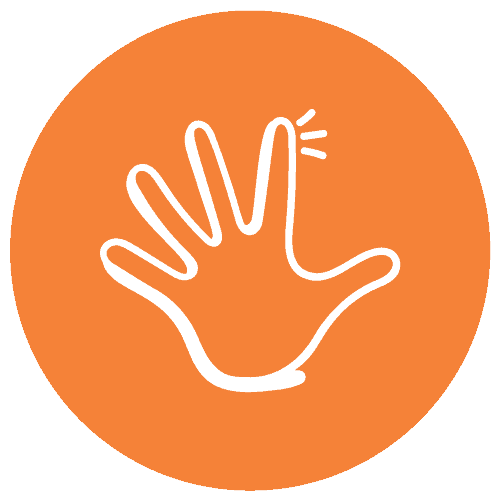
A child who fidgets constantly may not be inattentive—they may need more movement to regulate.
These clues are gifts in disguise.
No matter what challenges your child is facing, big or small, they may be signs that foundational skills need a tune-up before they turn into bigger frustrations down the road.
At Scribble 2 Script, we address both symptoms and root causes with evidence-based programs that guarantee results.
(And we love every second of it!)

Play Video
“William’s frustration with schoolwork, and school in general, had reached an all-time high. Nothing we tried at home helped. . .
The difference this program has made in our lives is immeasurable.”
– Sarah K., mom
If you can’t shake a concern, it deserves to be explored.
Children can get overlooked. Parents hear things like, “They’ll grow out of it,” “Some kids are just clumsier than others,” or “There are worse things than messy handwriting.” Symptoms aren’t severe enough to set off alarm bells, so they just keep happening.
These are just some of the clues worth paying attention to.

Mixes upper and lowercase letters

Messy handwriting

Frequent letter and/or number reversals

Awkward pencil grip

Struggles with scissors skills

Does not take time to erase mistakes

Does not like to write

Hand fatigue or hurts when writing

Poor attention to task

Presses too hard or too light with pencil

Difficulty sitting still

Difficulty copying from the board

Loses place when
reading

Poor eye-hand coordination

Difficulty with utensils

Difficulty with catching and throwing

Clumsy/uncoordinated

Difficulty following directions

Frustration and avoidance of tasks

Sensitivities to light, sound or clothing

Can’t tie shoelaces

Difficulty buttoning/zipping

Emotional immaturity

Can’t ride bike independently

Writes short answers when they actually have a lot to say
Here’s how we help.

First, we evaluate symptoms.
If one or two symptoms have caught your attention, there are probably others that exist, as well. During a thorough evaluation, we look at everything collectively. (This is more fun than it sounds! Some kids even ask when they can come back.)

First, we evaluate symptoms.
If one or two symptoms have caught your attention, there are probably others that exist, as well. During a thorough evaluation, we look at everything collectively. (This is more fun than it sounds! Some kids even ask when they can come back.)

Then, we uncover the root cause.
Things like handwriting, coordination, and reading are all built on top of milestones that should develop early on. If any piece of that developmental pyramid is “wobbly,” everything that grows on top may be too. We’ll get to the bottom of what’s really happening.

So finally, we can correct both.
When we address kids' symptoms alongside the developmental cause, these types of concerns are 100% reversible. In fact, we guarantee your child will overcome challenges, celebrate breakthroughs, and avoid related problems down the road.

Free Download: Identify your child's pencil grip and what it tells you about their development.
Parents
are raving.
Meet Laura—she and her son are awesome.

Play Video
Many families come to us for help with handwriting.
Many families come to us for help with handwriting. Handwriting is a classic sign that something needs attention developmentally—and it’s so worth getting it right!
It boosts memory, sharpens motor skills, builds confidence, and lowers stress, setting kids up for success far beyond the classroom.
Upper case
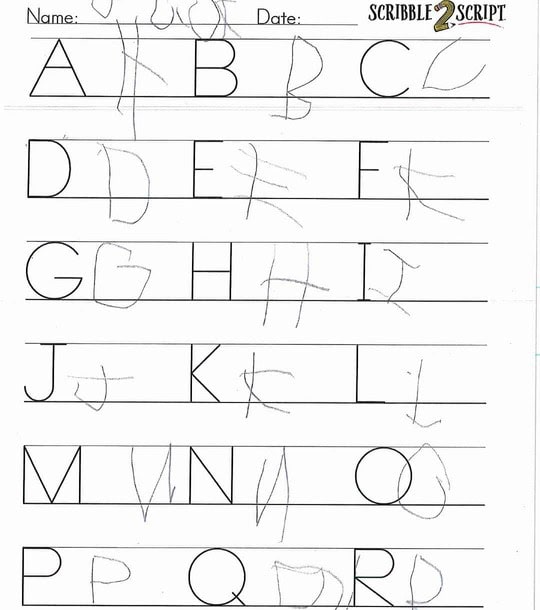
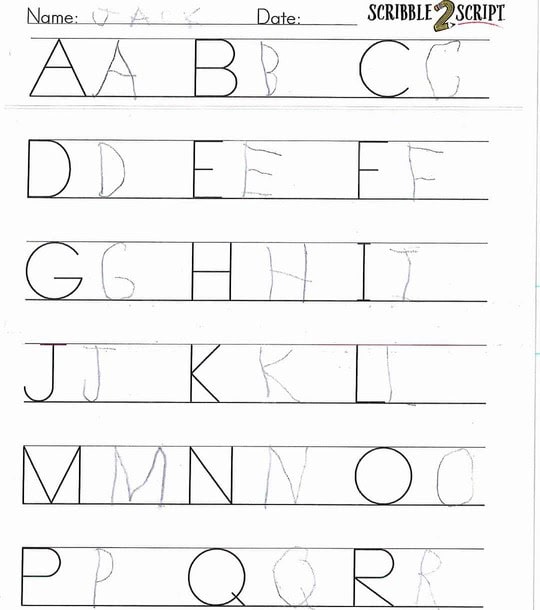
Lower case
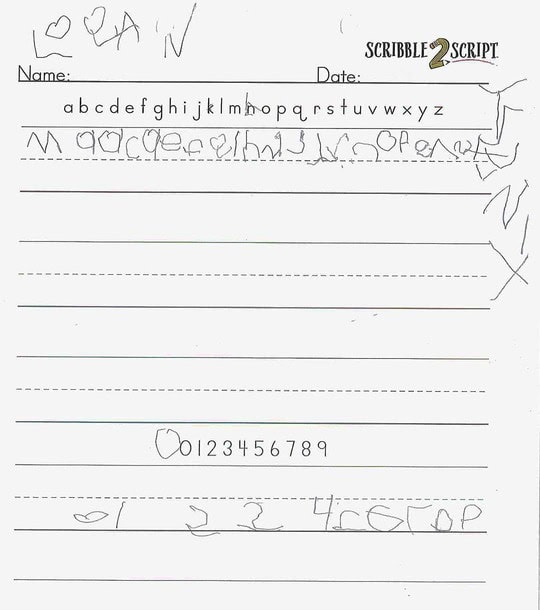
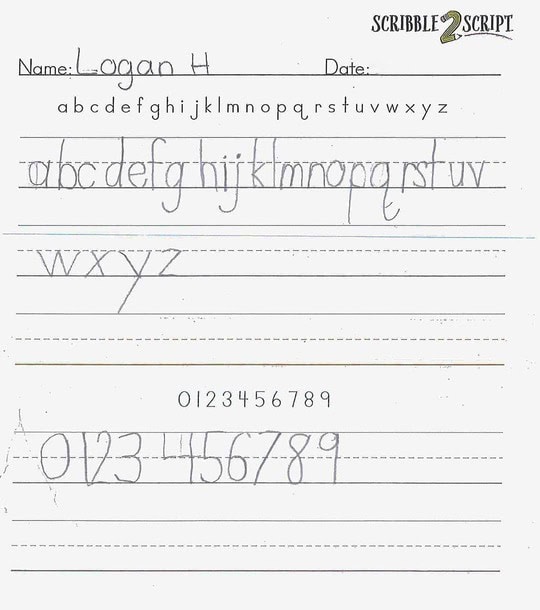
Cursive
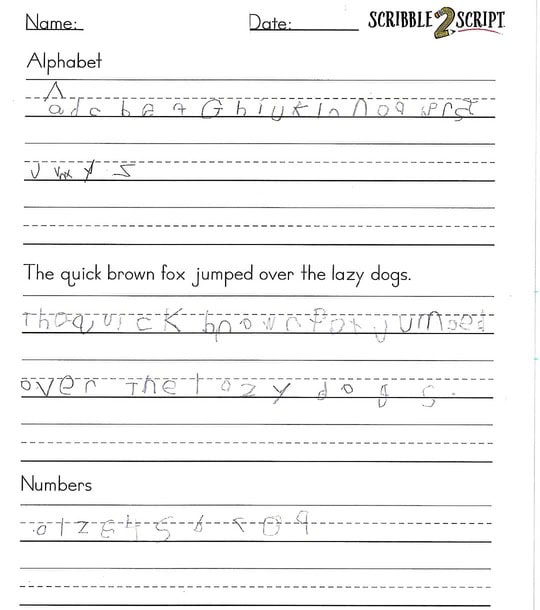
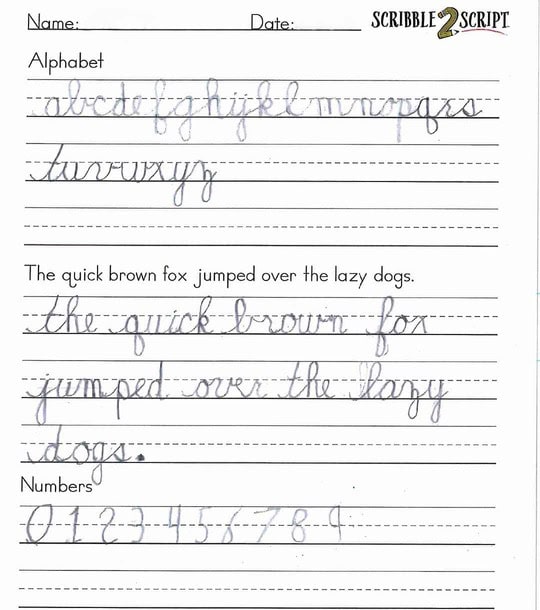
Regardless of what brings you in, your child will leave with greater confidence.
Improved symptoms mean that kids stop feeling like something is “wrong” with them. They navigate both in and out of the classroom with less frustration and more assuredness. And before they know it, they’ve built a foundation where an exceptional future is possible.

Improved Focus
& Attention

Elevated
Self-Esteem

Boosted Confidence

Regulated Emotions

Better Classroom Engagement

Enhanced Fine Motor Skills

Increased Coordination

Reduced Frustration

Free Download: Identify your child’s pencil grip and what it tells you about their development.
Curious how child
development works?
A child’s development builds like a pyramid, with each layer supporting the next. Foundational skills—like primitive reflexes, core strength, coordination, and fine motor skills—form the base, while things like focus, behavior, and learning rest on top.
When something at the foundation isn’t fully in place, it can ripple upward, making even simple tasks harder. By understanding which areas need support, we can strengthen the whole structure and help your child grow, learn, and succeed with confidence.
You may still be wondering…
My child is advanced in so many things, is this program really needed?
We see many kids who excel in certain areas but still struggle with others. This type of asynchronous development is normal. For example, a child may have high cognitive abilities but is uncoordinated or struggles with focus, handwriting, or fidgeting. This misalignment can be very frustrating for kids, so we help them bridge the gap and reach their full potential.
Is this just for little kids?
No! While the majority of our clients are ages 4-12, we have worked with kids in middle school and high school who need a little extra help. We have programs for all ages, and it's never too late to give your child the tools they need to succeed.
How much does it cost? Will my insurance pay for it?
Initial Evaluation: A $300 comprehensive evaluation lays the foundation for your child’s journey. During this session, our experienced evaluators assess key developmental areas, like fine motor skills, coordination, and emotional regulation. This process results in a personalized program designed to meet your child’s unique needs and goals.
Weekly 1:1 Sessions: Your child will attend 75-minute, one-on-one sessions each week with a dedicated specialist. Every activity is tailored to their specific needs, ensuring steady progress, building confidence, and mastering new skills as efficiently as possible. The cost is $775 per month, plus a one-time $200 registration fee to cover administrative setup, initial materials, and the creation of your child’s customized plan.
Ongoing Support: After each session, you’ll receive detailed, personalized feedback to keep you informed about your child’s progress. Regular written reports and scheduled parent meetings provide additional opportunities to discuss their development and plan next steps, ensuring you’re supported every step of the way.
Lifelong Benefits: The skills your child develops through Scribble 2 Script extend far beyond the classroom. By addressing foundational challenges today, you’re equipping them to embrace opportunities with confidence—academically, socially, and emotionally. This investment lays the groundwork for a future filled with limitless possibilities, where your child can achieve their fullest potential.
Payment Options: We offer flexible payment options, including:
- Direct Pay monthly payment plans
- 0% financing for 6 months (available for 4 month programs and Skill Booster programs only)
- Extended financing up to 7 years (starting at 3.99% APR)
We do not accept insurance, but we are an approved vendor for the Empowerment Scholarship Account (ESA) program, which helps qualifying families cover the cost of specialized services like ours.
ESA Payment Policy:
- You may pay with your ESA debit card or submit for reimbursement.
- For ClassWallet users: a $150 enrollment fee, $50/month processing fee, and a credit card on file are required
- All payment deadlines must be met, regardless of ESA processing.
Contact us for a complete list of our ESA policies and procedures.
To learn more about the ESA program or to apply, visit Arizona ESA Program.
Is this a form of occupational therapy?
While this program was developed by an occupational therapist (our founder, Megan Eldridge), we do not provide occupational therapy services. A common misconception is that Scribble 2 Script and traditional OT are the same—but they’re not an apples-to-apples comparison.
At Scribble 2 Script, we take a highly targeted approach, focusing on the root cause of specific skill delays rather than addressing a broad range of concerns like OT. This precision allows us to make significant progress in less time and provide families with a clear, structured timeframe for completion.
Most children in our program do not require occupational therapy, as our structured modules are designed to efficiently build the skills they need. However, for those already receiving OT, our approach can enhance their progress by zooming in on specific developmental skills.
Choosing Scribble 2 Script means getting the best of both worlds—a program designed by an occupational therapist with all the benefits of a fun, engaging, and results-driven approach. While insurance may cover traditional OT, our program is built for efficiency, ensuring your child makes meaningful progress without unnecessary delays. You truly get what you pay for: targeted, expert-designed support that delivers real results.
What is our responsibility as parents?
When we recommend a program for your child, we are confident that, together, we will achieve the boost they need. We like to think of it as a relay race where we pass a baton back and forth.
While your child is with us, we promise to:
- be prepared with a thoughtful plan
- understand their goals and motivations
- be ready with activities designed to advance them toward the goal
- create a fun learning environment your child enjoys
When we pass the baton back to you, we ask that you:
- be on time for sessions and consistent with attendance
- work through the at-home exercises with your child four times perweek
- communicate any concerns you might have right away
How long does it take?
Every child is unique, but on average, our program takes about eight months to achieve meaningful, lasting results. Some families notice early progress in the first few months, but the biggest breakthroughs happen when the full program is completed. We guarantee results when the program is followed and completed as recommended.
What if we don’t see results right away? Can we discontinue the program?
Progress takes time, and every child moves at their own pace. Some show early improvements, while others need more time to build momentum. That’s why we track progress closely, ensuring each child stays on course and gets the support they need.
We know it can be tempting to stop early, especially when progress feels slow. But many of the biggest breakthroughs happen later in the process. Without full reinforcement, early gains can fade. Families who commit to the full program often tell us they’re grateful they stayed the course—because the long-term benefits are worth it.
It’s also easy to forget how hard things were once improvements start to show. That’s why completing the full program matters. It strengthens these new skills, making them second nature and preventing future setbacks. Our goal is to set your child up for lasting success, not just short-term wins.
Here’s what a typical 8-month program looks like:
- Month 1: Baseline assessment & goal setting
- Month 3: Early signs of improvement (subtle changes in motor skills, endurance, or confidence)
- Month 6: Strengthening & refining skills
- Month 8: Mastery & long-term strategies for continued success
We’ll check in regularly, celebrate small wins, and adjust as needed to keep progress moving forward. We're in this together!
I had messy handwriting as a child, and I turned out fine, why does this matter?
I think so many of us can relate to this! The truth is, messy handwriting is a result of underdeveloped fine motor skills, and fine motor skills are crucial for so much more than writing. Those muscles are used in countless everyday tasks, from holding a toothbrush and buttoning a shirt to opening the peanut butter jar.
Up to 80% of a child's day in school is spent with a pencil and paper. Writing is how they communicate what they know. If writing is difficult, your child may get discouraged and avoid it, which can escalate to academic trouble. In the same way, if a hobby or activity is difficult to master because of poor fine motor skills, they may get frustrated and give up before giving it a chance!
Why does the pediatrician/teacher say my child will "grow out" of this?
This is a common misconception and one we hear a lot. Unfortunately, it is simply not true!
If a child has not developed their fine motor skills by age five, they have missed a milestone, and they will continue to struggle with a multitude of tasks that require those skills. Messy handwriting may not seem like a huge red flag, and we understand why some professionals don't want you to worry about it. But you're the parent! If you have watched your child try and fail to master an important skill, we're so glad you're here. This single symptom (along with many others throughout this page) may indicate a deeper need. The good news is that's our specialty! With early intervention, your child should be able to catch up with their peers and reach their full potential.
If my child really focuses, the symptom goes away. Are they still a good candidate?
They are! If your child can perform well, but only for a short amount of time, this is a good indication that they have not mastered this skill. Your child is not "just lazy," and you are right to be concerned. We talk about this as ability vs. demand—sometimes a child can work at an acceptable level of ability unless the demand is too high. In other words, they may be able to write their spelling words neatly when they practice, but during the timed test, their words are difficult to read. At Scribble 2 Script, we help your child maximize their potential so that they are able to work to their full ability, even if they have a limited amount of time (or it's almost time for lunch!).

